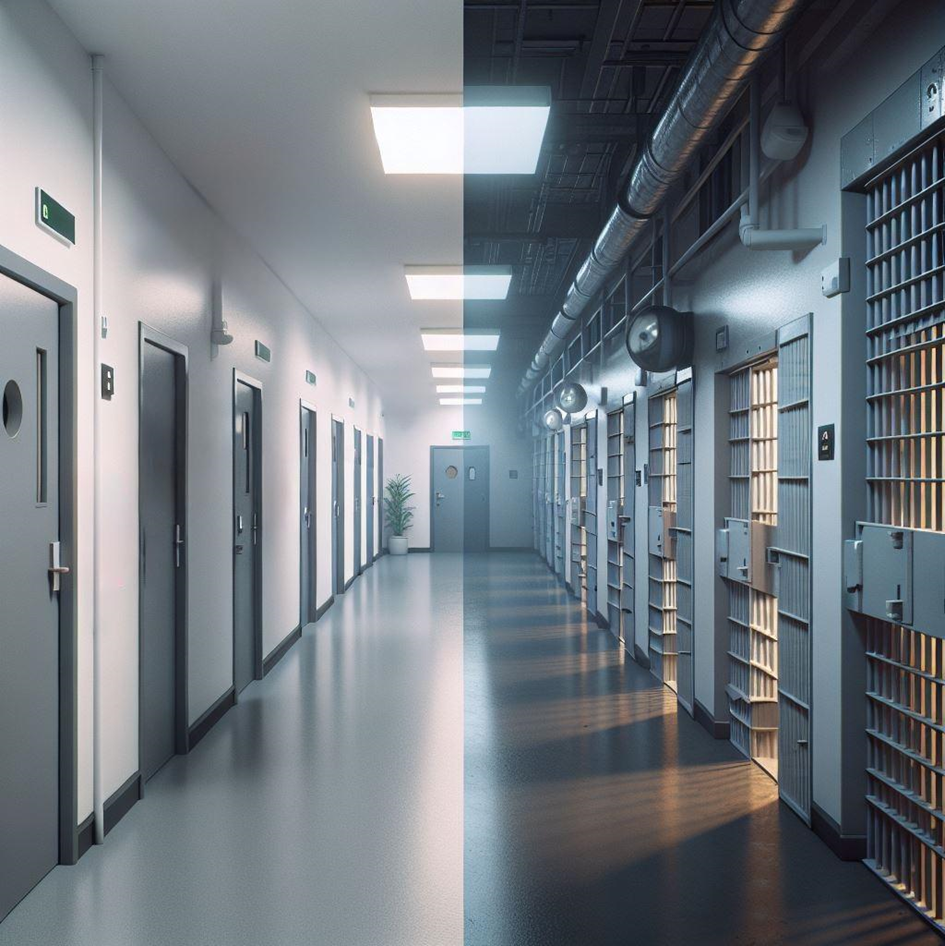The number of students in Norway is growing – and with it, the pressure on accessible and dignified housing.
Blog post
The blogpost is written by

This blog post is written by master's student Jan Koles, under the supervision of Tegg Westbrook.
The goal of the Student organization (Studentsamskipnaden) is clear: to accommodate at least 20% of all students in student dormitories. The reality? We're currently at 15%, and to reach the target, approximately 15,000 new units are still needed. Funding is complex – it combines state subsidies with resources from student organizations. For 2024, the state contributes 420,000 NOK per unit, with a maximum total cost (including land) capped at 1,513,800 NOK. But what exactly can be built for that amount? And is it enough?
Interviews with students, observations of their daily lives, and comparisons with top-rated European dormitories reveal a clear message: students want more than just a bed and a desk. They see dormitories not just as a place to sleep, but as an important part of their everyday life. A dorm can be a place where friendships are formed, experiences are shared, and a sense of belonging is built. While students do desire privacy – ideally living alone – they also want opportunities to socialize. They value flexibility: the option to live alone or with a partner, different types and sizes of apartments, and above all, high-quality communal spaces. Places where they can cook, study, play games, watch movies, or simply chat. And appearance matters too – how the building looks from the outside and how it feels inside, in hallways or stairwells. Do they feel at home, or more like in the image at the beginning of this article?
So what does the reality look like? Let’s take Gosenmyrå dormitory built in 2019 in Stavanger as an example. The cost of one unit (excluding land) in 2024 was approximately 1,176,000 NOK. For 6,000 NOK per month, a student gets 16 m² – a private room with basic furnishings, a kitchenette, and a bathroom. But no painting allowed, plain white walls, no pictures on the wall, and nothing can be mounted. The door opens into a narrow hallway shared with 11 other flats – and two people can barely pass each other. And if a student wants to meet someone? There is one shared common room with a kitchen and TV corner – shared with 152 other students. And if they’re unlucky, they have to walk across an outdoor courtyard to get there, as the dorm is divided into three buildings. A game room, study room, or PlayStation lounge? Out of the question.
Now for the contrast: Tietgen dormitory in Copenhagen, considered one of the best in Europe. The construction cost per unit is about four times higher, but students there get everything they could wish for – high-quality design, colorful interiors, various room types, and rich communal facilities that foster cultural life and natural socialization. And all that for a rent starting at 6,300 NOK per month for 26 m².
The typical design lifespan of a building is 50 years. Some dormitories built today may meet students’ basic needs, but do not offer much more. When we build our own homes, we think ahead and don’t mind paying extra for better solutions. But when it comes to dormitories, tight budgets often force us to choose the most basic option.
So, the question is: do we want to build cheaply and quickly – or with quality and care for future generations of students?
